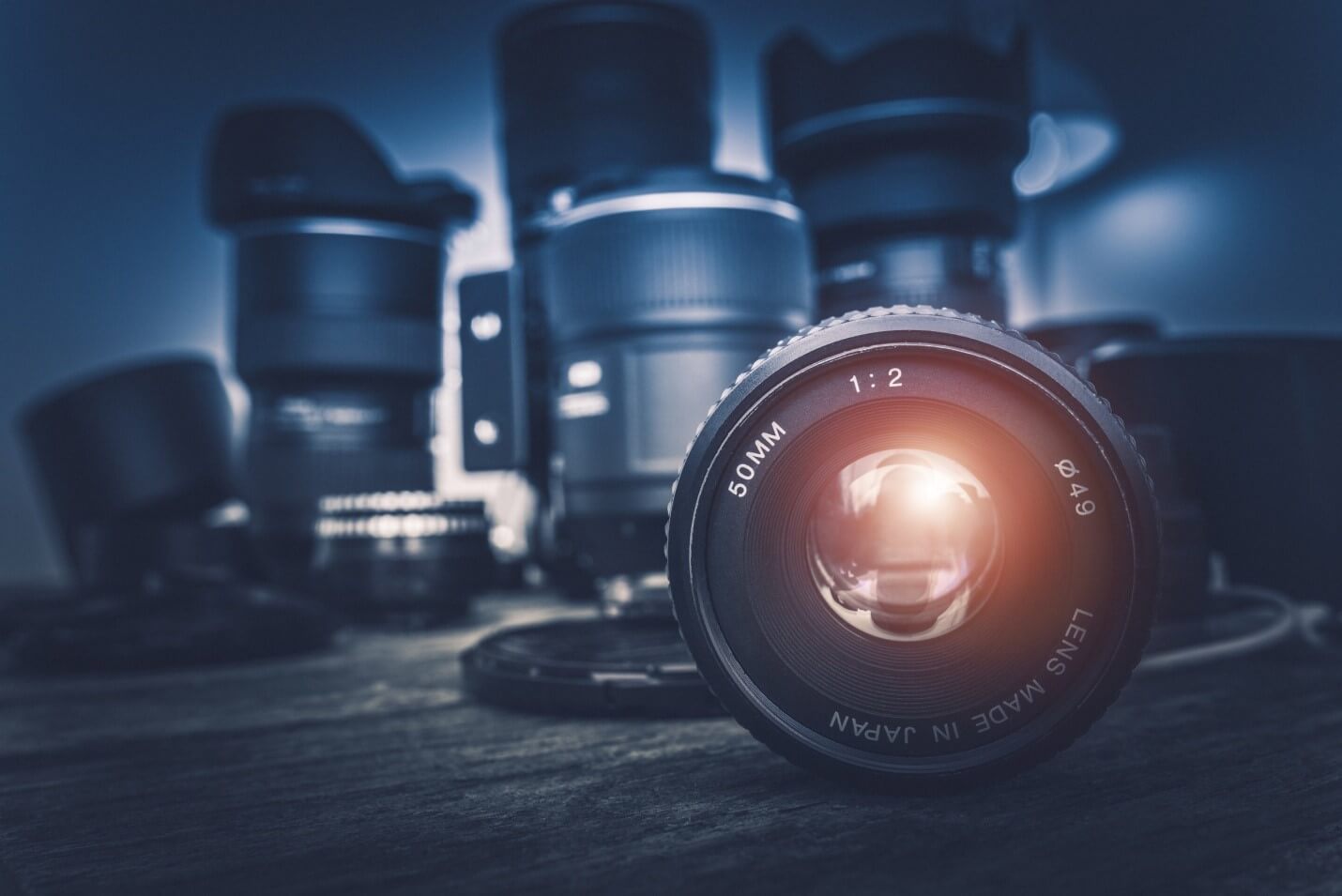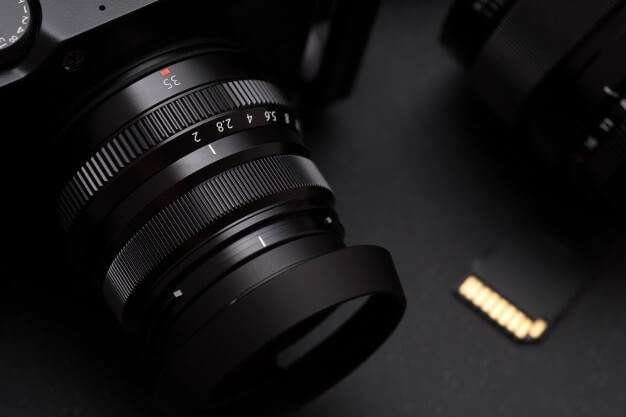How to find compatible lens for your canon camera?

Choosing a best camera lens can be definitely a tricky task. You need to know how to choose that best lens to capture your dream pictures at their best.
Here’s a guide that will help you in choosing the best camera lens for your Canon camera.
Identifying Best Lens for your Canon Camera
To pick that best lens, you should know what is the specification for your camera.
There are there types of interchangeable lens cameras for a Canon camera – EF, EF-S and EF –M. If you notice, the one common thing in all these is the term EF, which stands for Electro Focus. This means the automatic focusing on EF lenses is taken care by a dedicated electric motor which is built into the lens. The difference in these three lies in image circles that are used in camera lens.
How to identify which is your type of lens?
This is an important step before you start your hunt on the best camera lens. Your camera will help you on this pretty easily.
For this do the following steps:
- Press the release button of the camera lens.
- Now, check the indicators given on your camera front.
It is this indicator that helps you to identify which is the best camera lens for your camera:
- A red circle as an indicator implies that EF lenses are best fit for your camera.
- A red circle and a white square implies that EF-S lenses are the ones you should pick up.
- A white circle shows that EF-M lens are the one that go well with your camera.
Now that you identified what lens go well with your camera, go ahead to gain a better understanding on various tips and tricks that help you to grab that best lens in a better way:
Tip 1: If you are choosing Canon lens, you can choose either between EF-S design or normal EF design. If you are looking for purchasing other branded lens, take the help of manufacturer’s website or online reviews to take a wiser decision.
Tip 2: You often find the terms – ‘IS lens’ and ‘STM’ on lens specification. IS lens means Image Stabilization lens, while STM means stepping motor technology that is responsible for smoother and quitter autofocusing.
Tip 3: Focal length and crop factor are two important factors that help in capturing the images that contain exact spatial relationship all across the frame. On the other hand, focal length is the one that decides the depth of field, or the distance at which sharper focus is found.
Tip 4: If you are looking for landscape photography, a wide angle lens would make the best fit for your camera. They give a wider coverage of the total scene and provide a sharper background view.
Tip 5: Wild life photography is your passion?? Pick a camera with telephoto lenses longer than 70mm. With such lens, you can sharply focus on the animal while making the entire other background blurry. Such lenses also make a good pick for wildlife photography because you cannot use a close-up shooting for such cases.
Tip 6: For normal snapshots, pick a camera lens that has 35mm to 70mm focal length. This is apt for providing the required angle and depth.

Tip 7: Opt for a zoom lens compared to a single focal length lens. The drawback with single focal length lens is that you find a reduction in the picture quality at times.Comparatively, a zoom lens offers better quality than a prime lens.
Tip 8: Aperture range is another factor that you should know to get more clear images. For sharp focus, choose a wide-open aperture, and for sharper images of longer distances, go for narrow aperture lens.
Tip 9: The larger the lens range, the better the exposure and depth of the frame. A larger lens range also means a faster lens. A wide aperture lens also means a better clarity pictures in indoor and dim light scenarios. An example of this is Canon f/1.8. You also find another latest version that offers this, which is Canon EF 50mm f/1.8. This has better autofocus and smoother operation too.
Tip 10: If you are buying a camera for the first time, make sure that the lens is easily available for that model in case you want to replace or change the lens. Wider range of options should be easily available for any given camera. Keep in your mind your favorite type of shots – landscape, close-up, portrait, sports, dim light, etc. and check if all the specifications are met.
Tip 11: If you are looking for an interchangeable lens camera, your research should just be a little deeper. You should consider various options before you finally choose one. For example, the mounts used for Canon DSLRs and EOS-M mirrorless series are different.
Tip 12: Many first time buyers get confused with ‘zoom’ as the closeness with which a picture can be taken. However, these two are entirely different. If you find the zoom as ‘5x’, for example, it means it is the range of widest angle to the farthest angle. It means your camera is flexible. However, it is no measure of closeness that you can get with the lens. Closeness is something that you get from the number that you find such as 50mm on the lens specification. The focal length of a camera also plays a key role in blurring the background of the image.
Thus, buying a camera lens is no child’s play. Be it Canon or Nikon, you will have to consider so many options to ensure that you made the best choice in picking that best lens. Remember, a right camera lens can help in not just bringing out better images, but also opens up new opportunities to you. If you need help choosing the best lens for you, check out this canon T3i lenses guide by HotRate.
We hope that after going through this detailed article, now that you know what to look into a compatible camera lens, your camera lens selection is going to be tad easier.





